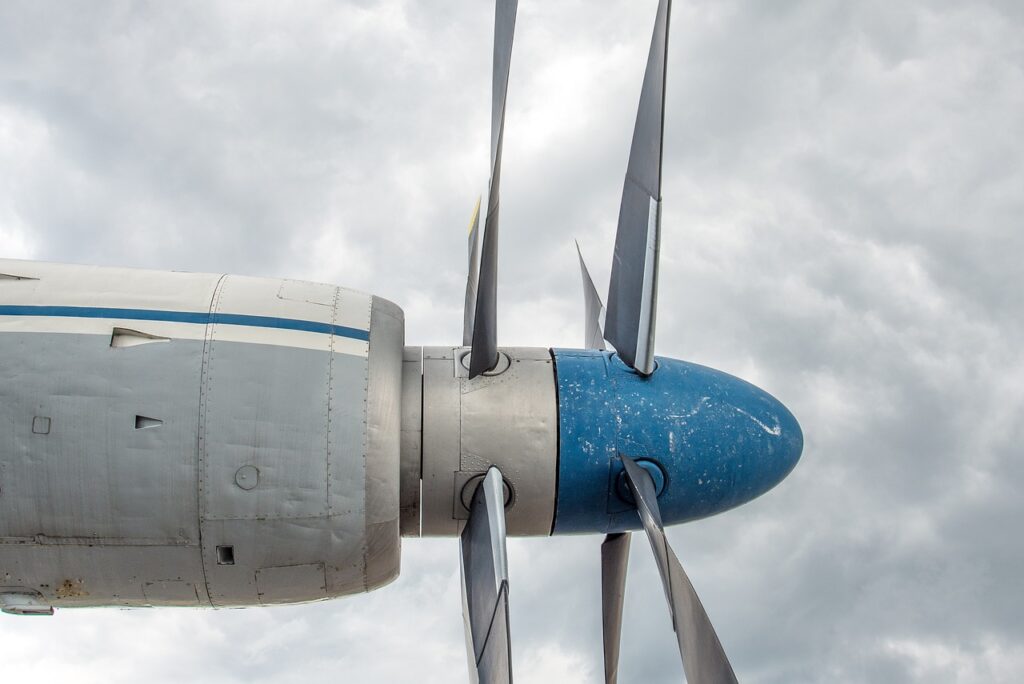Brisbane-based aviation company Stralis Aircraft, in collaboration with QUT (Queensland University of Technology) and the iMove Co-operative Research Centre, has unveiled plans to develop hydrogen-electric aircraft technology.
The ambitious project aims to retrofit a Beechcraft Bonanza A36 with Stralis’s hydrogen-electric propulsion system, with the maiden flight anticipated in the third quarter of 2024.
The primary goal of Stralis Aircraft’s hydrogen-electric initiative is to revolutionize air travel by addressing the aviation industry’s persistent carbon emissions. The company’s CEO, Bob Criner, emphasized that this venture goes beyond merely creating hydrogen aircraft; it seeks to redefine air travel as cleaner, more efficient, and fundamentally eco-friendly. Stralis envisions a future where hydrogen-electric technology plays a pivotal role in reducing the carbon footprint of air travel.
Stralis plans to integrate its cutting-edge hydrogen-electric technology into the Beechcraft Bonanza A36, a light plane chosen for the initial retrofit. The hydrogen-electric propulsion system is designed to harness renewable energy, aiming to substantially reduce carbon emissions associated with traditional aviation. The company is committed not only to technological innovation but also to ensuring the rapid implementation and scalability of this transformative technology.
Anticipating a successful launch, Stralis envisions showcasing its hydrogen-electric plane at COP31 in 2026, provided Australia secures the hosting rights for the event. Furthermore, the company plans to utilize the aircraft to transport athletes during the Brisbane 2032 Olympics, marking a significant stride towards sustainable and eco-friendly air travel on the global stage.
QUT’s involvement in the project extends beyond the retrofitting process. The university will contribute expertise in modeling and testing the hydrogen technology, integrating valuable insights into its engineering and renewable energy courses. iMove’s managing director, Ian Christensen, highlights the synergy between researchers and aviation firms, emphasizing the accelerated progress that such partnerships can achieve.





